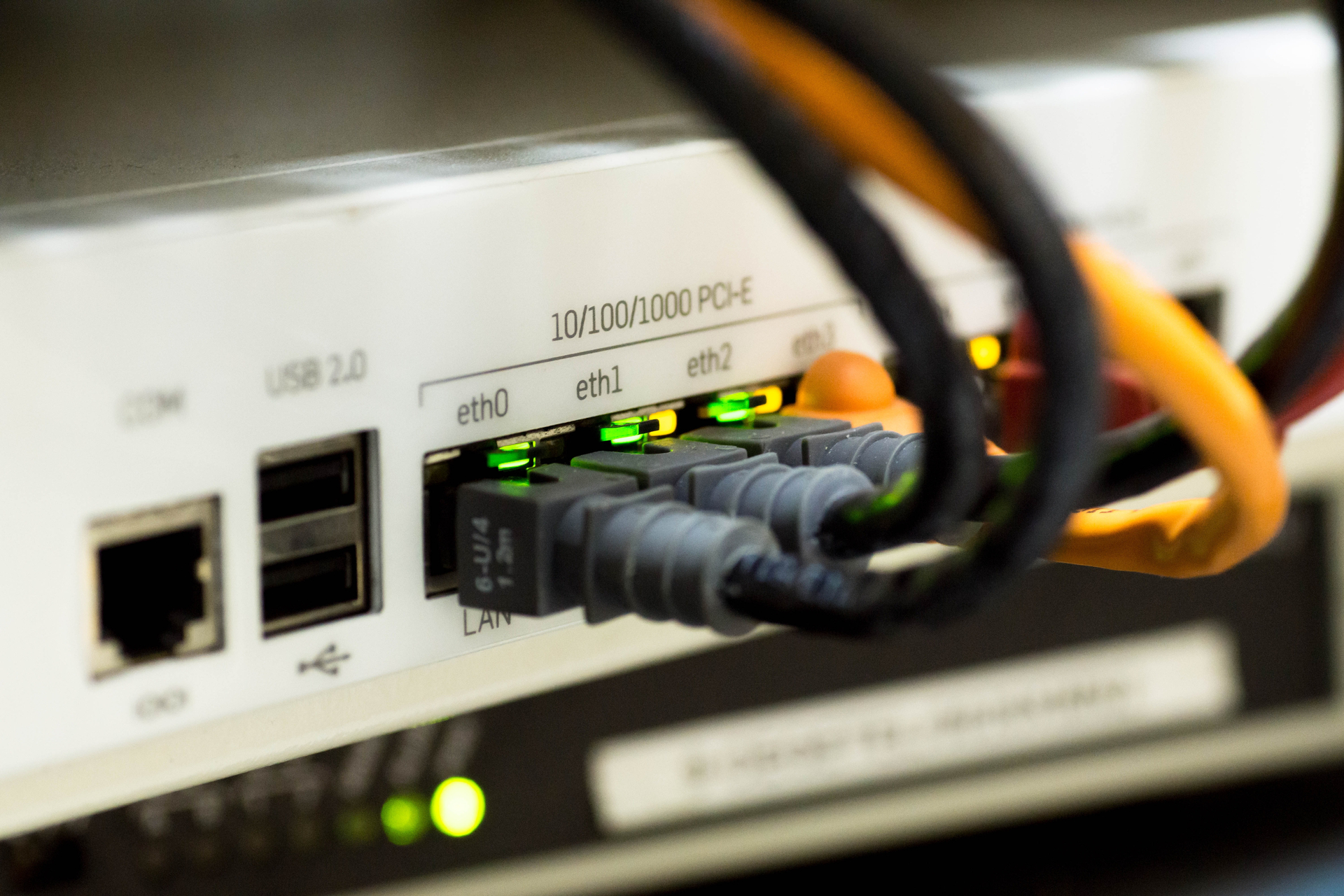Navigating Wireless Reliability: A Guide to Network Performance Testing
Azura Team • 2023-07-20
Table of Content
- Types of Wireless Network Performance Testing
- Wireless Network Performance Testing Tools
- Best Practices for Wireless Network Performance Testing
- Case Study: Wireless Network Performance Testing in an Office Environment
Wireless communication has become an integral part of our modern lives, enabling seamless connectivity and communication. As the reliance on wireless networks continues to grow, so does the importance of their performance. Wireless network performance testing plays a pivotal role in ensuring these networks deliver the expected speed, reliability, and overall quality of service. This article delves into the world of wireless network performance testing, discussing its significance, various testing types, tools, best practices, and even presents a case study to provide practical insights.
Types of Wireless Network Performance Testing
Wireless network performance testing involves evaluating different aspects of a network's functionality. Several key testing types include:
- Throughput Testing: This measures the actual data transfer rate between devices over the network, reflecting its speed and capacity.
- Latency Testing: Latency determines the time taken for data packets to travel from the sender to the receiver. Lower latency is crucial for real-time applications like video conferencing and online gaming.
- Packet Loss Testing: Packet loss can degrade the quality of communication. This test assesses the percentage of data packets that fail to reach their destination.
- Signal Strength Testing: Evaluating the strength of the wireless signal helps identify areas with weak coverage and potential dead zones.
- Interference Testing: Wireless networks often contend with interference from other devices or networks. This test identifies sources of interference and their impact on network performance.
Wireless Network Performance Testing Tools
Several tools are available to facilitate comprehensive wireless network performance testing:
- iPerf: A widely used tool for measuring throughput and network performance, capable of generating and measuring TCP and UDP data streams.
- Wireshark: A packet analyzer that captures and examines the data traveling back and forth on a network, aiding in diagnosing issues.
- NetStress: Specifically designed for Windows, this tool focuses on testing throughput and latency under various conditions.
- JPerf: A graphical front end for iPerf, making it more user-friendly and accessible.
- AirMagnet WiFi Analyzer: This tool offers in-depth analysis of wireless networks, helping to identify performance issues and security vulnerabilities.
Best Practices for Wireless Network Performance Testing
To ensure accurate and meaningful results, adhere to the following best practices:
- Test Under Realistic Conditions: Mimic actual usage scenarios to replicate real-world conditions accurately.
- Test During Different Times of Day: Network performance can vary depending on user traffic. Testing at different times provides a comprehensive view.
- Test with Different Devices: Various devices have different network capabilities. Testing with a range of devices helps uncover compatibility issues.
- Test with Different Locations and Distances: Test network performance across different areas to identify coverage issues and signal degradation.
- Record and Analyze Test Results: Accurate record-keeping and thorough analysis of results enable better identification of problem areas and trends.
Case Study: Wireless Network Performance Testing in an Office Environment
In a hypothetical office setting, we conducted wireless network performance testing. The methodology, results, and analysis revealed crucial insights into the network's strengths and weaknesses. Based on the findings, recommendations were made to enhance network performance.
Wireless network performance testing is not just a technical exercise; it's a vital process to ensure a seamless and reliable user experience. By understanding the different testing types, employing appropriate tools, following best practices, and learning from real-world case studies, organizations and individuals can ensure that their wireless networks deliver optimal performance. Embracing wireless network performance testing guarantees that the digital realm remains well-connected and efficient, enhancing productivity and user satisfaction.
In a world increasingly reliant on wireless communication, the importance of continuous performance evaluation cannot be overstated. Through diligent testing and optimization, wireless networks can consistently meet the demands of modern connectivity.
See More Posts
PT. INSAN MEMBANGUN BANGSA
Jl. Lumbungsari V no 3 Kel. Kalicari, Kec. Pedurungan, Kota Semarang, Kode Pos 50198



